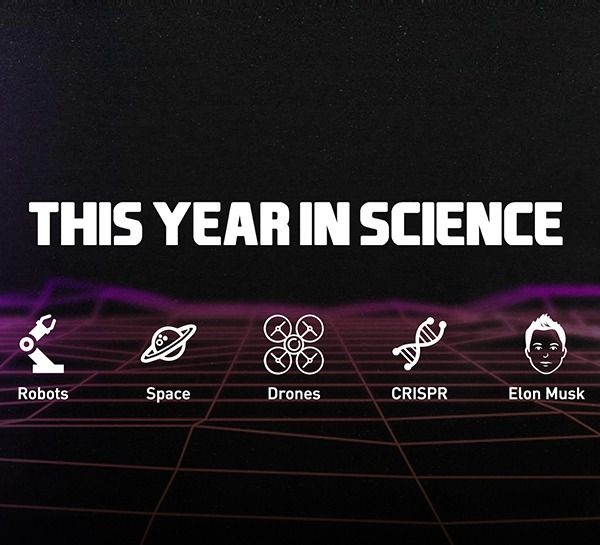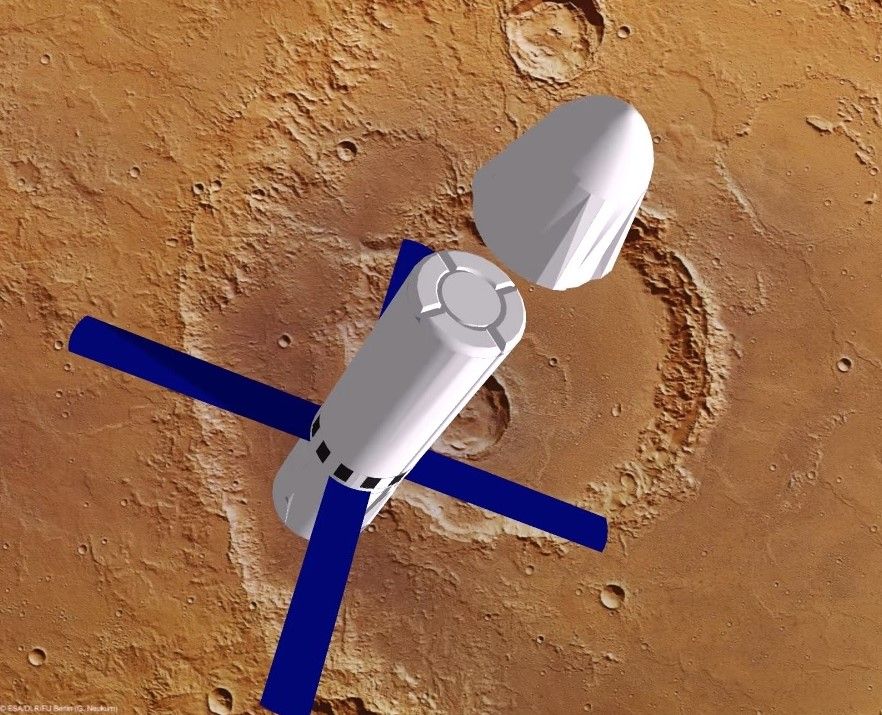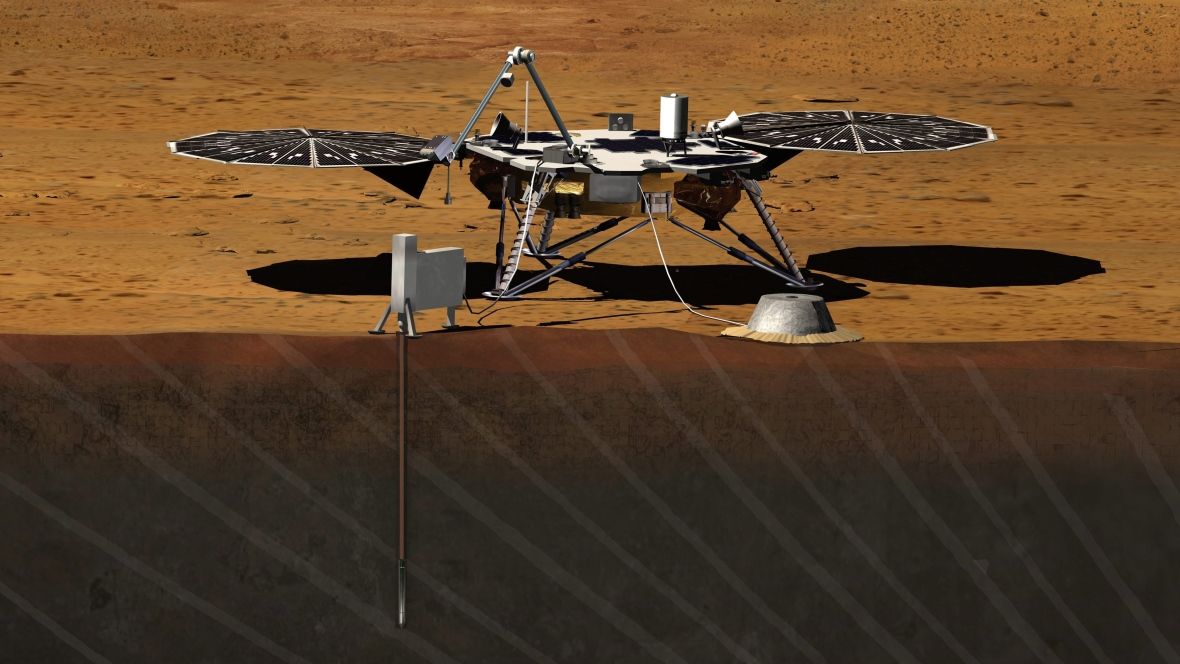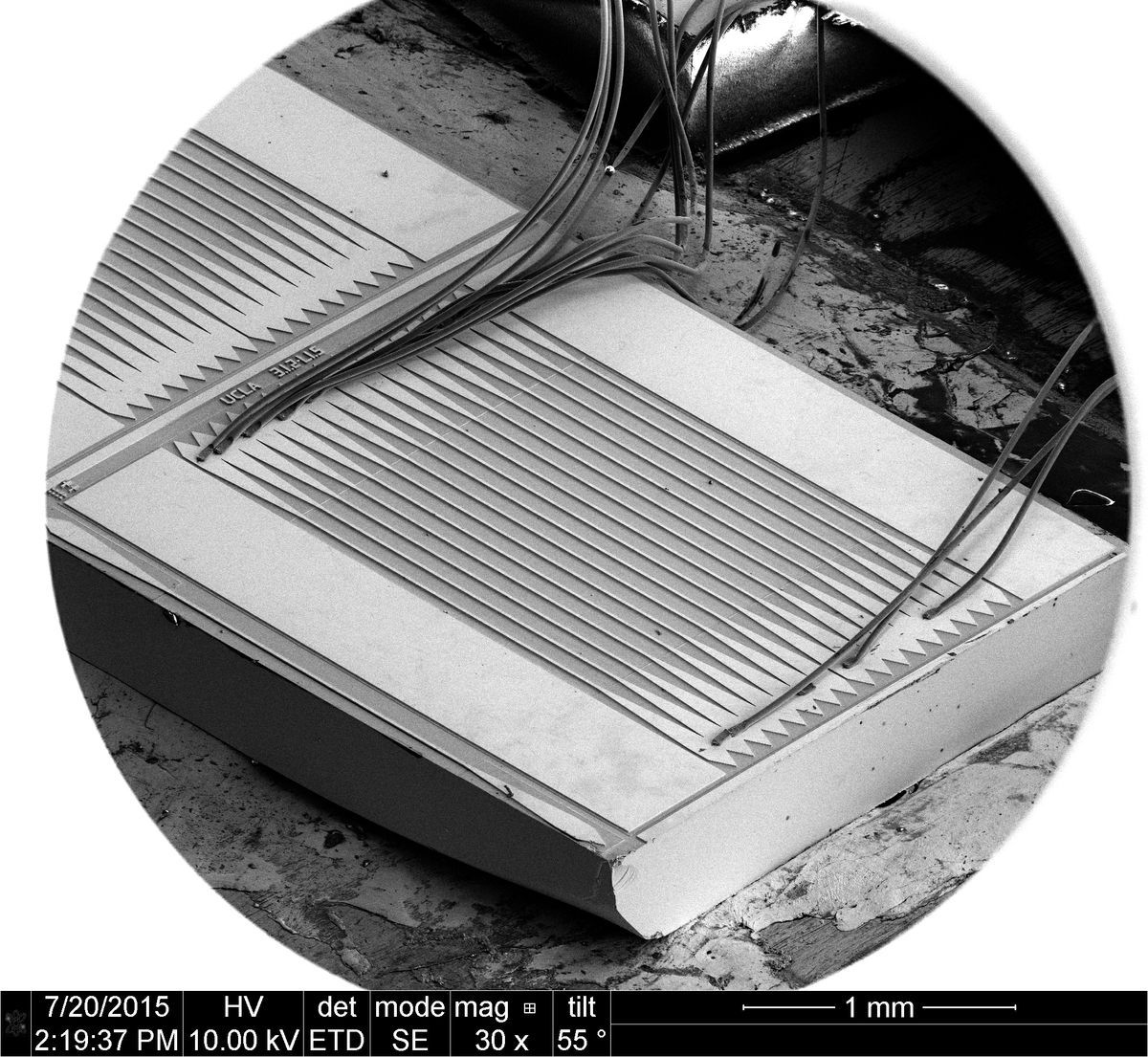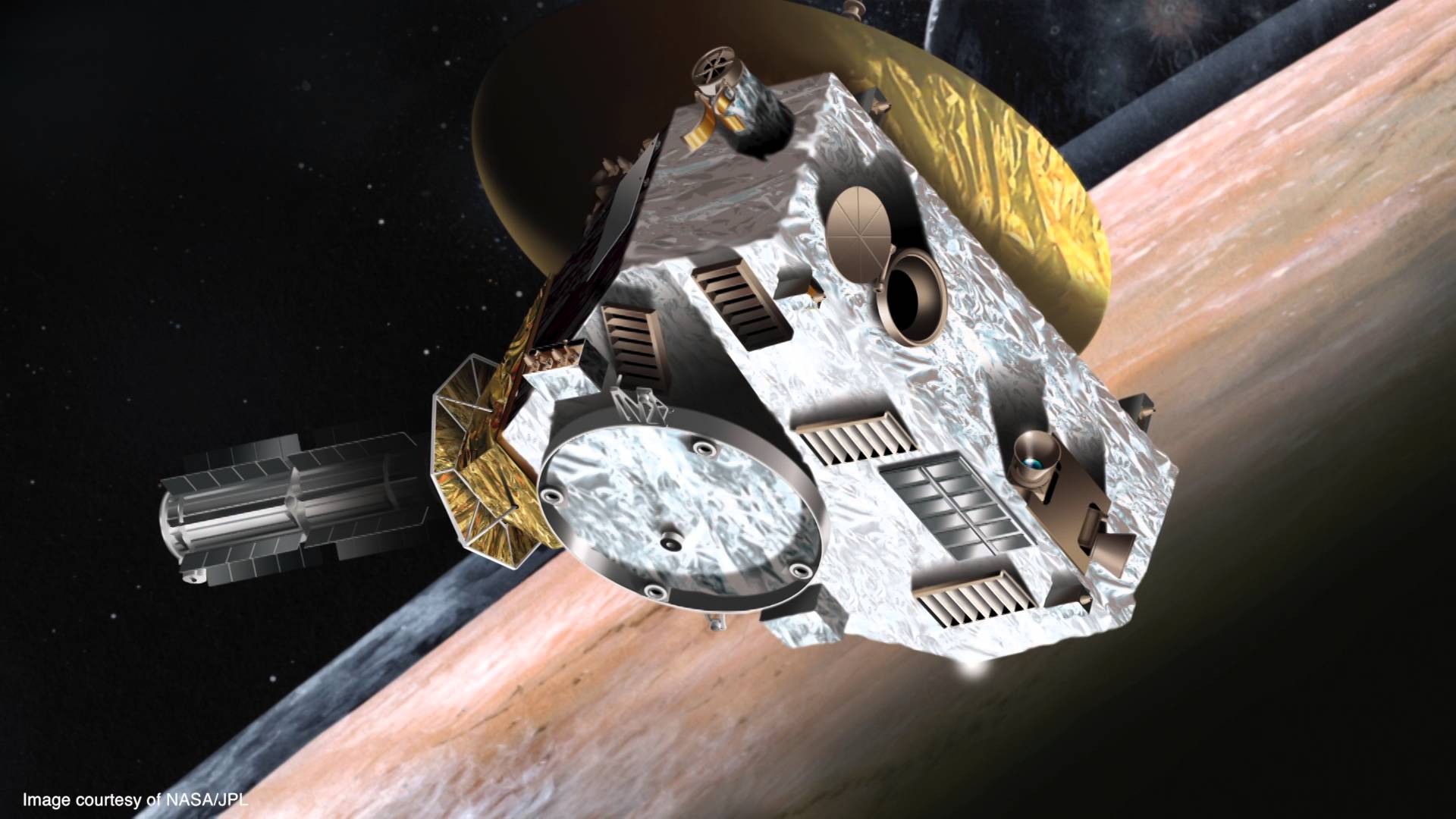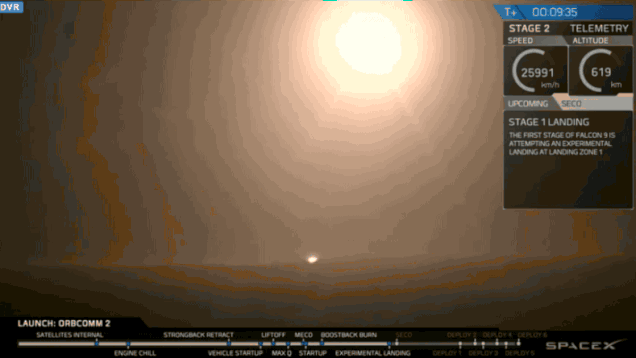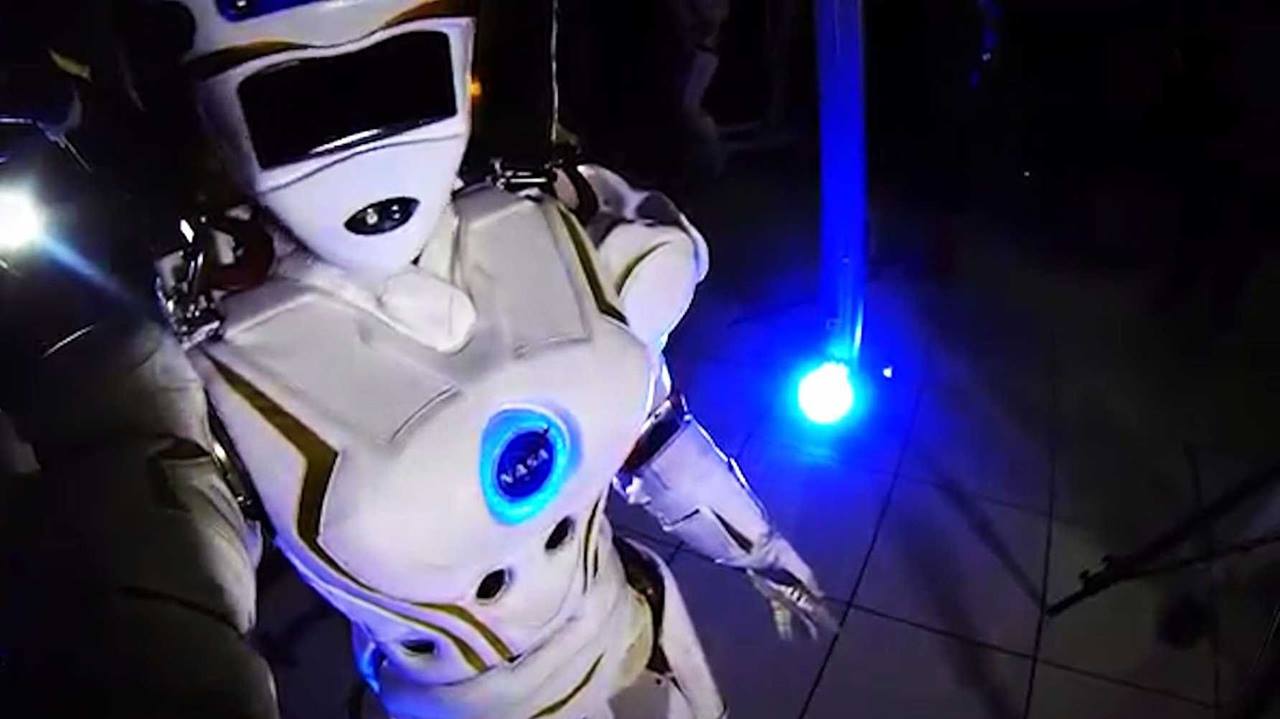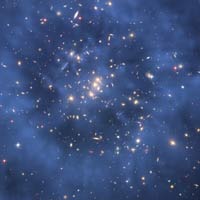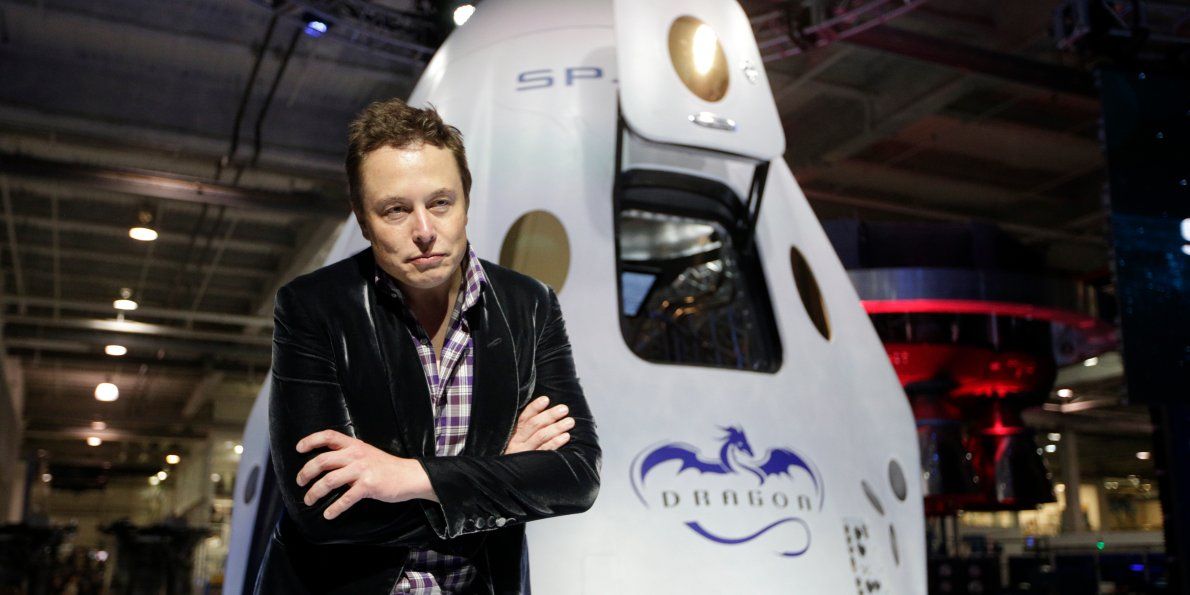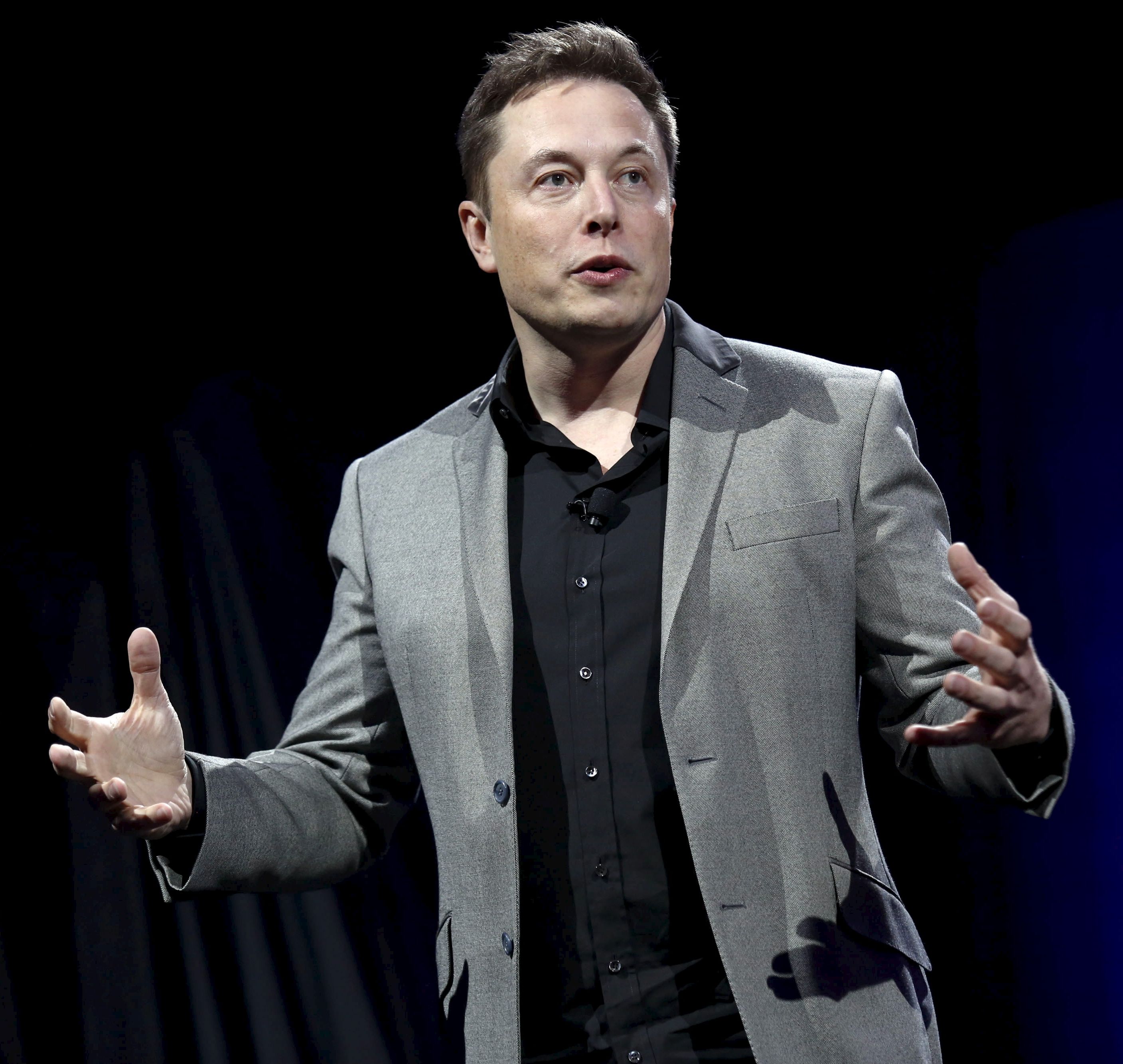
Musk opens up about autonomous vehicles, self-driving car rules, and the competition.
In Elon Musk’s world, “easy” is used to describe problems many might consider impossible—or at least very difficult to solve. Producing a fully autonomous vehicle that can operate in any condition and on any road, for example, is easy-ish. And Tesla Motors TSLA 0.91%, the all-electric automaker that Musk heads, is two years away from achieving it.
“I think we have all the pieces, and it’s just about refining those pieces, putting them in place, and making sure they work across a huge number of environments—and then we’re done,” Musk told Fortune with assuredness during his commute to SpaceX headquarters in Hawthorne, Calif., where he is also CEO. “It’s a much easier problem than people think it is. But it’s not like George Hotz, a one-guy-and-three-months problem. You know, it’s more like, thousands of people for two years.”
Read more
